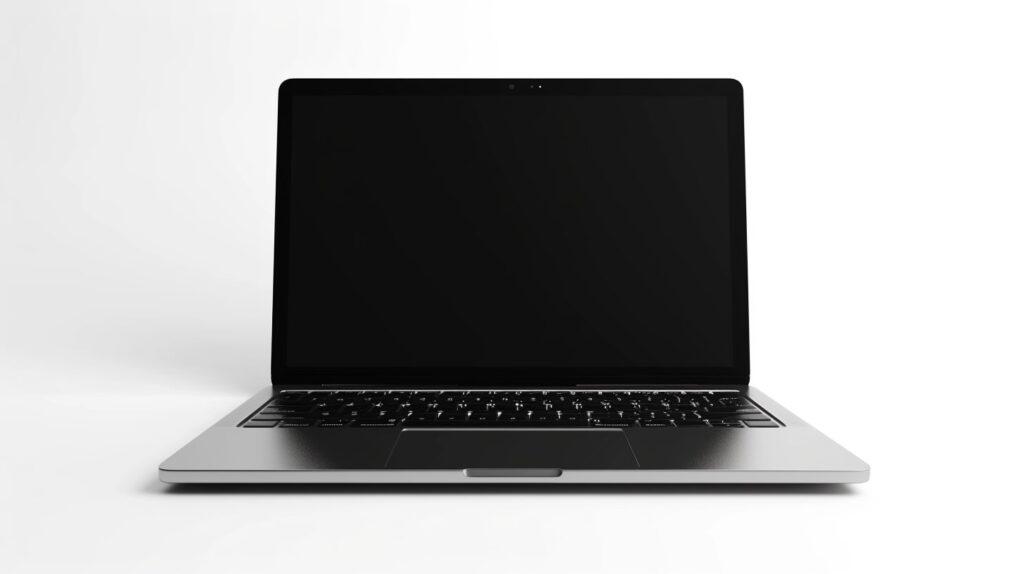When most people see a black screen, they think the device is off or broken. But using a black screen on purpose has many helpful uses. Here are several ways a plain black screen can be useful in everyday situations.
Download Pure Black Screen
Why users chose Black Screen
Preventing Screen Burn-In

Leaving the same image on your screen for a long time can cause burn-in, especially on OLED or AMOLED displays. A black screen can help reduce this risk, keeping your screen in better shape over time.
Power Efficiency
Devices with OLED displays, like some smartphones and TVs, consume less power when displaying black. Using a black screen can conserve battery life, especially when you’re running low on juice.
Eye Relief and Digital Detox
Staring at bright screens for extended periods can strain the eyes. Taking regular breaks using a black screen background can provide much-needed relief, reducing eye fatigue and potential sleep disturbances.
For Photos and Videos
A black screen can serve as an ideal backdrop for capturing subjects, especially when the emphasis is on highlighting vibrant colors or creating contrast. It eliminates unwanted reflections and ensures the subject stands out.
Focus on Audio
When playing audio files or voice notes, a black screen ensures that you aren’t distracted by any visual stimuli, allowing for better concentration on the audio content.
Ambient Lighting
In certain settings, like home theaters or during meditation sessions, minimal lighting is desired. A black screen helps maintain a dimly lit ambiance conducive to relaxation and focus.
Sleep Aid
For those who use devices such as alarm clocks, switching to a black screen overnight ensures no excessive light disrupts your sleep environment. This is crucial for maintaining a healthy circadian rhythm.
Concealing Notifications
Need to keep your device on but want to avoid the distraction of constant notifications? A black screen can hide those pesky pop-ups, ensuring uninterrupted concentration.
Testing Your Screen
Just like a white screen helps you find dead pixels, a black screen helps spot stuck or hot pixels—small dots that stay bright or colored.
For people working with graphics or video, a black background is useful when checking color and contrast settings for more accurate results.
